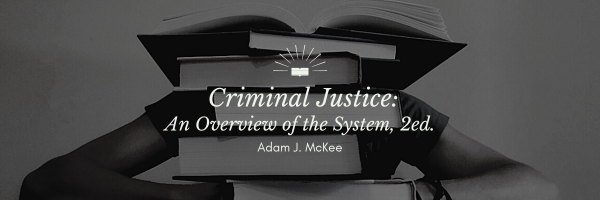Chapter VII of this text delves into the multifaceted and complex world of criminal justice theory. This chapter is organized into five sections, each focusing on a different theoretical perspective to understand criminal behavior and justice systems. As we traverse through these sections, we will encounter diverse, often competing, viewpoints that have shaped the way societies respond to crime.
Section 7.1, titled “Classical Theories in Criminal Justice,” sets the foundational tone for our exploration. Here, we delve into the seminal works of historical figures like William Blackstone, Cesare Beccaria, and Jeremy Bentham. Their thoughts and philosophies laid the groundwork for the classical school of criminology, emphasizing rationality, free will, and proportionate punishment. We’ll explore how these ideas have influenced modern legal systems and contemporary thoughts on punishment and deterrence.
In Section 7.2, we shift our focus to the “Biological Theories of Crime.” This section examines how genetics, neurocriminology, and physical anomalies can predispose individuals to criminal behavior. We’ll investigate controversial topics like the heritability of criminal traits, the role of brain structure and function in criminality, and the influence of physical characteristics on deviant behavior.
Section 7.3, “Psychological Theories of Crime,” delves into the intricate relationship between the human mind and criminal behavior. This section covers various theories related to personality disorders, intelligence, and the impact of mental health on criminal tendencies. We’ll explore how psychological factors, both intrinsic and extrinsic, can lead individuals down a path of criminality.
Next, in Section 7.4, “Sociological Theories of Crime,” we explore how social structures, processes, and subcultures contribute to criminal behavior. This section examines the influence of societal factors like poverty, inequality, and cultural norms on crime, offering insights into how social environment and interactions shape criminal behavior.
Finally, Section 7.5, “Crime Science,” introduces us to contemporary approaches in understanding and preventing crime. Here, we discuss theories like Routine Activities, Environmental Criminology, and Crime Prevention Through Environmental Design (CPTED). This section highlights the pragmatic application of criminological theory in reducing and preventing crime in real-world settings.
Each section of this chapter not only provides theoretical insights but also includes rich learning resources to deepen your understanding. As we navigate through these diverse theoretical landscapes, we aim to offer a comprehensive understanding of the multi-dimensional nature of criminal behavior and the justice system’s response to it.
Student Learning Outcomes for Chapter 7
When you have finished this chapter, you will be able to:
- SLO 1: Define classical criminology principles and key theorists like Beccaria and Bentham, and explain their impact on justice systems.
- SLO 2: Explain biological theories of crime, including genetics, neurocriminology, and ethical concerns in linking biology to behavior.
- SLO 3: Describe psychological factors in crime, including mental disorders, intelligence, and compare them with other theoretical approaches.
- SLO 4: Analyze sociological theories including social structure, learning, subcultures, and how societal factors influence crime.
- SLO 5: Explain crime science methods like routine activity theory and CPTED, and evaluate their effectiveness and critiques.
Last Updated: 04/11/2025
